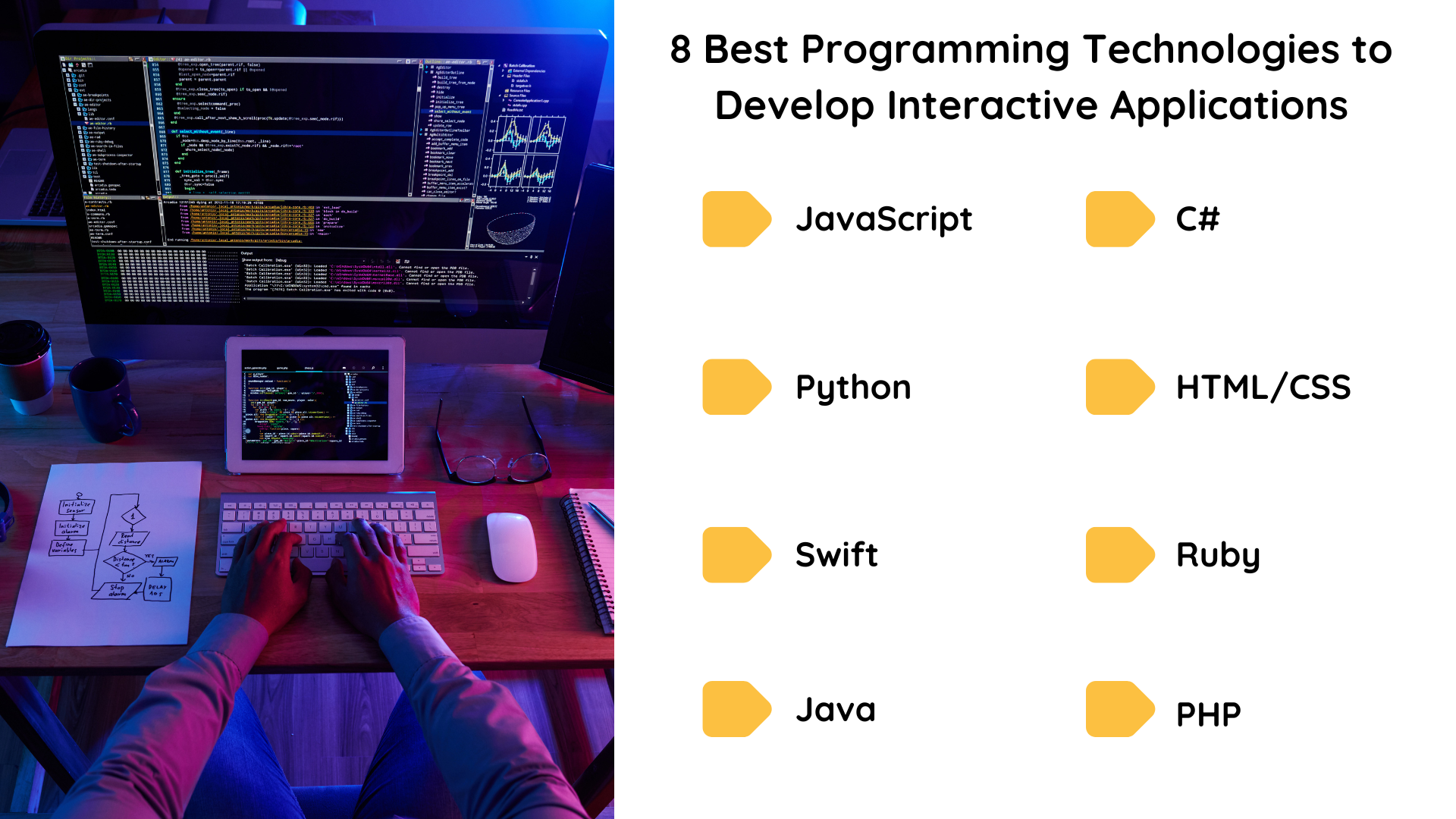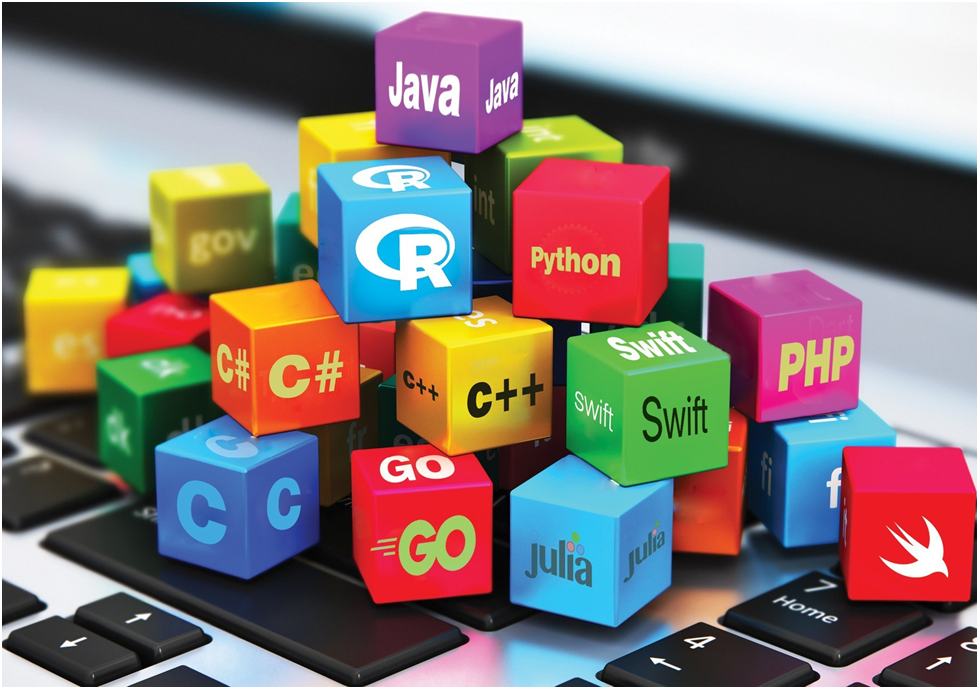In today’s digital age, programming technologies play a vital role in shaping our daily experiences, from mobile apps, websites to virtual reality (VR) and augmented reality (AR) and to develop interactive applications. Behind these innovations are powerful programming technologies that enable developers to create immersive and engaging user interfaces.
Let’s explore some of the top programming languages used to develop interactive technologies and understand. Why they are preferred choices for building dynamic and user-friendly applications.
1. JavaScript
JavaScript is undoubtedly one of the most widely used programming languages to develop interactive applications.
With frameworks like React, Vue.js, and Angular, JavaScript allows developers to build rich and responsive user interfaces that dynamically update based on user actions.
JavaScript’s versatility extends beyond web development, with frameworks like React Native enabling developers to create interactive mobile applications for both iOS and Android platforms.
2. Python
Python has gained popularity primarily to develop interactive applications, particularly in fields such as data visualization, scientific computing, and machine learning.
Libraries like Pygame facilitate game development, while tools like Flask and Django enable the creation of interactive web applications.
Python’s clear syntax and extensive libraries make it a preferred choice for prototyping and developing interactive prototypes quickly.
3. Swift
Swift is Apple’s programming language for developing interactive and immersive iOS applications.
With its modern syntax and powerful features, Swift simplifies the process of building engaging user interfaces for iPhones, iPads, and Mac devices.
Swift is well-suited to develop interactive applications that leverage device-specific features like touch gestures, animations, and augmented reality experiences using ARKit.
4. Java
Java remains a robust choice for developing interactive applications, especially for Android devices.
Android Studio, powered by Java, offers a comprehensive toolkit for creating interactive mobile apps that leverage device sensors, touch input, and multimedia capabilities.
Java’s cross-platform compatibility and extensive ecosystem of libraries make it a preferred language for developing interactive Android applications.
5. C#
C# is widely used for developing interactive applications, particularly in the realm of game development and virtual reality (VR) experiences.
With the Unity game engine, developers can harness the power of C# to create immersive 2D and 3D games that engage users through captivating visuals and interactive gameplay.
C# is also utilized for developing applications for Microsoft’s HoloLens and other mixed reality devices.
6. HTML/CSS
Although not traditional programming languages, HTML (HyperText Markup Language) and CSS (Cascading Style Sheets) are essential for building interactive websites and web applications.
HTML provides the structure, while CSS handles the styling and layout of web elements.
Together with JavaScript, HTML and CSS enable the creation of dynamic and interactive web experiences, including animations, transitions, and responsive designs.
7. Ruby
Ruby application development, known for its elegant syntax and developer-friendly design, is utilized to develop interactive applications through frameworks like Ruby on Rails.
Rails, a powerful web framework built on top of Ruby, enables rapid development of feature-rich and interactive websites.
Ruby’s focus on developer happiness and productivity makes it a popular choice for startups and small teams looking to build scalable and interactive web applications efficiently.
8. PHP
PHP application development is a server-side scripting language commonly used for developing dynamic and interactive websites.
With frameworks like Laravel and Symfony, PHP empowers developers to create web applications with interactive features such as user authentication, real-time updates, and database interactions.
PHP’s widespread adoption and extensive community support make it a versatile language for building interactive technologies on the web.
Conclusion
The programming languages mentioned above are just a few examples of the diverse tools available to developers which they implement to develop interactive applications.
Whether you’re building a web application with dynamic user interfaces, a mobile app with engaging touch interactions, or a virtual reality experience with immersive visuals, choosing the right programming language is key to delivering a seamless and enjoyable user experience.
By leveraging these languages and their respective frameworks, developers can unlock the full potential of interactive technologies and bring their creative visions to life in the digital world. If you want to build interactive websites then hire Andolasoft; we provide web and mobile app development services that not only meet but exceed expectations.


